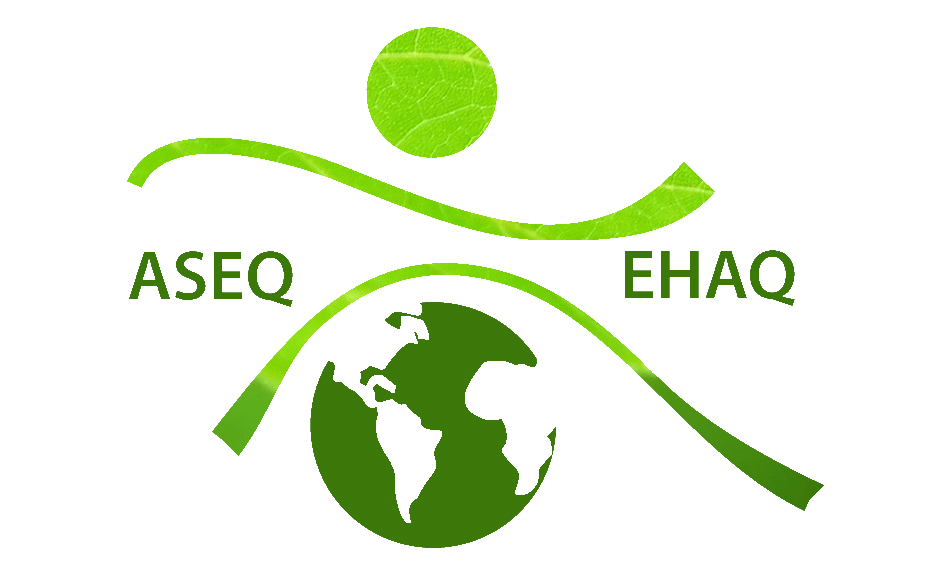A Quick Summary of the IPCC’s AR6: Summary for Policymakers, Section D
Section D of the Intergovernmental Panel on Climate Change’s (IPCC) Sixth Assessment Report (AR6), titled Limiting Future Climate Change, discusses future greenhouse gas (GHG) emissions scenarios where reduction measures are in place, and the climactic outcome of these scenarios.
This section touches upon two points, listed below:
“From a physical science perspective, limiting human-induced global warming to a specific level requires limiting cumulative carbon dioxide (CO2) emissions, reaching at least net zero CO2 emissions, along with strong reductions in other greenhouse gas emissions. Strong, rapid and sustained reductions in methane (CH4) emissions would also limit the warming effect resulting from declining aerosol pollution and would improve air quality” (p.27).
- It is necessary to reach net zero CO2 emissions in order to limit global warming (p.28)
- It was found that each 1000 gigatonnes of CO2 (GtCO2) emissions causes an estimated 0.45°C increase in the global surface temperature (p.28)
- Carbon dioxide removal (CDR) is a method in which atmospheric CO2 is removed and stored in reservoirs. This is being considered for reaching net zero CO2 emissions, however it is taken into account that CDR can impact biogeochemical cycles, as well as have effects on the food system, water availability, and wildlife that may not yet be known (p.29)
- Global surface temperature warming could be reversed if global net negative CO2 emissions takes place, however it is found that other changes to the climate won’t act the same way, instead taking decades to thousands of years to stabilize (p.30)
“Scenarios with very low or low GHG emissions (SSP1-1.9 and SSP1-2.6) lead within years to discernible effects on greenhouse gas and aerosol concentrations and air quality, relative to high and very high GHG emissions scenarios (SSP3-7.0 or SSP5-8.5). Under these contrasting scenarios, discernible differences in trends of global surface temperature would begin to emerge from natural variability within around 20 years, and over longer time periods for many other climatic impact-drivers (high confidence)” (p.30).
- During the COVID-19 pandemic in 2020, changes to air pollution could be seen as a result of emission reductions during this time. This time also saw a temporary decrease of the cooling effect caused by aerosols as a result of the reductions in anthropogenic aerosol emissions (p.30)
- When looking at the low and very low GHG emissions scenarios near term calculations, the air quality that will arise is still not at a level that is suggested by the World Health Organization (p.30)
- The very low GHG emissions scenario could have us seeing differences in global surface temperature trends in the near term, which will not be the case under high and very high GHG emissions scenarios (p.31)
- Very low and low GHG emissions scenarios would lead to a reduction in the changes of precipitation, flooding, heat sea level, etc. by 2040 and will progressively reduce changes by the end of the 21st century when compared to other GHG emissions scenarios (p.31)
Citation:
IPCC, 2021: Summary for Policymakers. In: Climate Change 2021: The Physical Science Basis. Contribution of Working Group I to the Sixth Assessment Report of the Intergovernmental Panel on Climate Change [Masson- Delmotte, V., P. Zhai, A. Pirani, S.L. Connors, C. Péan, S. Berger, N. Caud, Y. Chen, L. Goldfarb, M.I. Gomis, M. Huang, K. Leitzell, E. Lonnoy, J.B.R. Matthews, T.K. Maycock, T. Waterfield, O. Yelekçi, R. Yu, and B. Zhou (eds.)]. Cambridge University Press. In Press.
